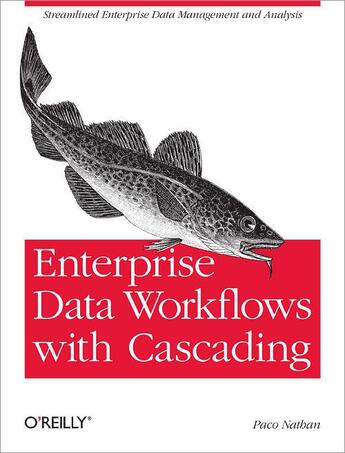Des idées de lecture pour ce début d'année !
Passionné(e) de lecture ? Inscrivez-vous
gratuitement ou connectez-vous pour rejoindre la
communauté et bénéficier de toutes les fonctionnalités du site !

Despite its growing use in the enterprise, building applications for Hadoop is notoriously difficult. But there is a solution. This hands-on book introduces you to Cascading, the framework that enables you to build powerful data processing applications on Hadoop without having to spend months learning the intricacies of MapReduce. Whether you´re a developer, data scientist, or system/IT administrator, you´ll quickly learn Cascading´s streamlined approach to data processing, data filtering, and workflow optimization, using sample apps based on Java, Scala, and Clojure. Companies such as Etsy, Razorfish, TeleNav, and Twitter already use Cascading for mission-critical applications. This book shows you how this framework can help your organization extract meaningful information from large amounts of distributed data. Examine best practices for using data science in enterprise-scale apps Learn how to use workflows that reach beyond MapReduce to integrate other popular Big Data frameworks Quickly build and test applications with familiar constructs and reusable components, and instantly deploy them onto large clusters Easily discover, model, and analyze both unstructured and semi-structured data in any format and from any source Seamlessly move and scale application deployments from development to production, regardless of cluster location or data size
Il n'y a pas encore de discussion sur ce livre
Soyez le premier à en lancer une !

Des idées de lecture pour ce début d'année !

Si certaines sont impressionnantes et effrayantes, d'autres sont drôles et rassurantes !

A gagner : la BD jeunesse adaptée du classique de Mary Shelley !

Caraïbes, 1492. "Ce sont ceux qui ont posé le pied sur ces terres qui ont amené la barbarie, la torture, la cruauté, la destruction des lieux, la mort..."